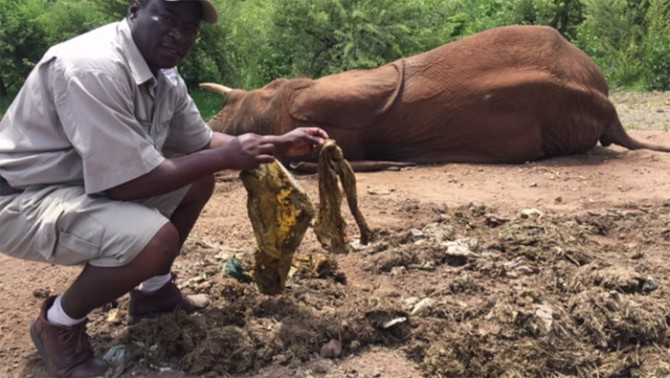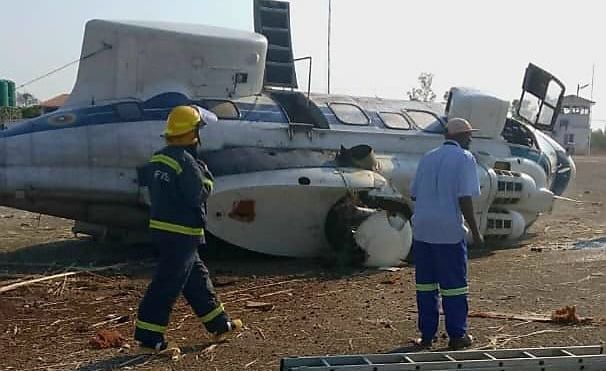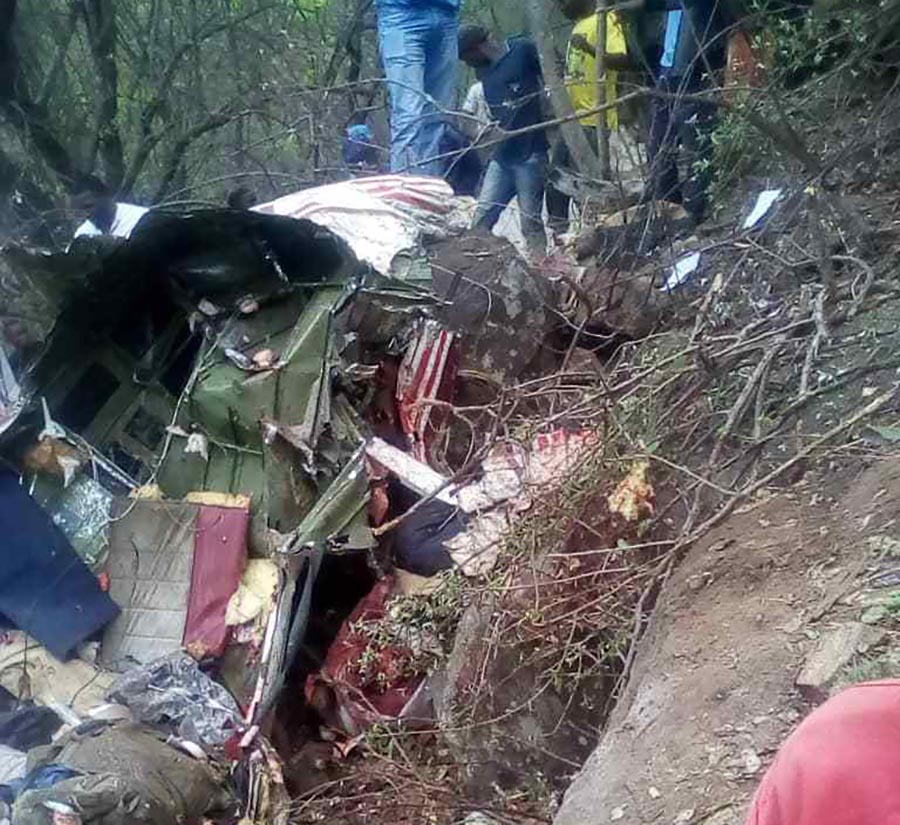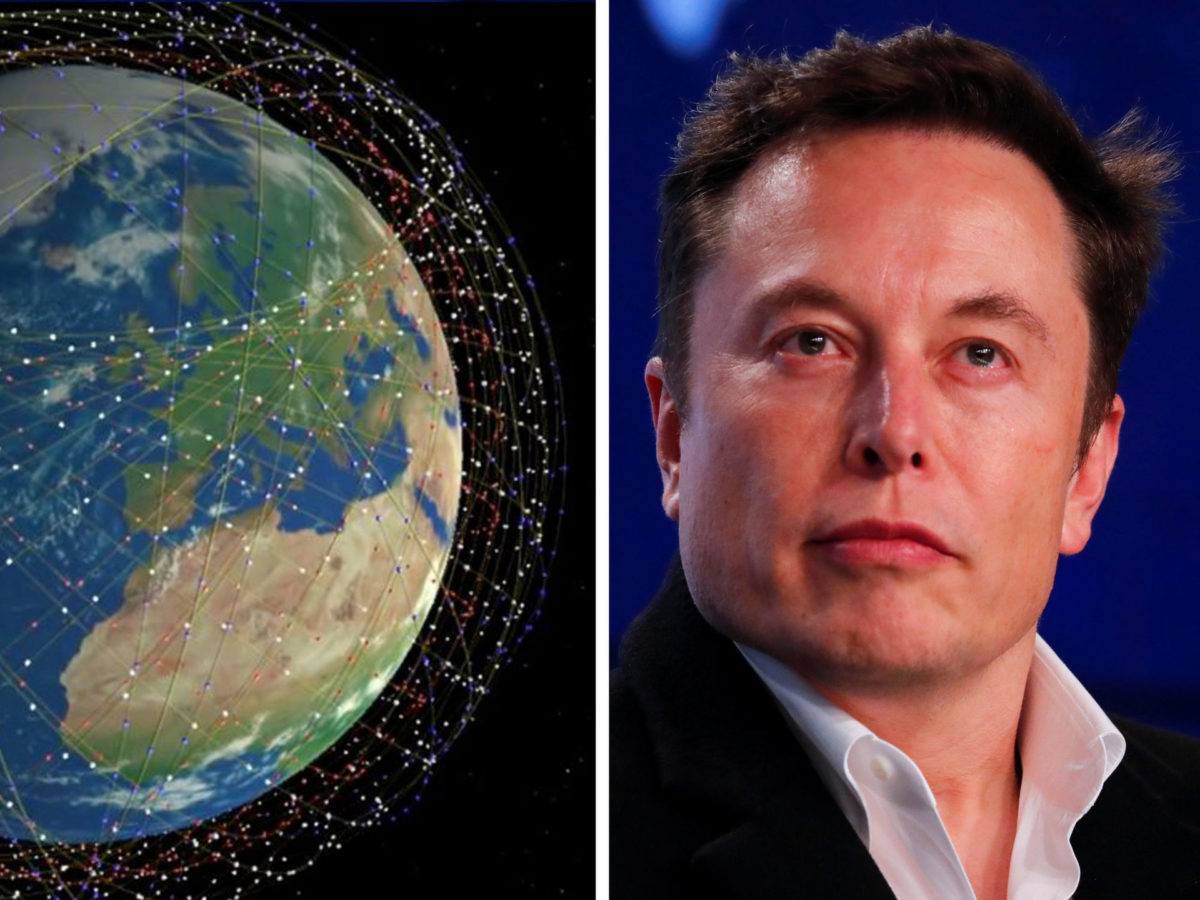OVER the past decade there has been a growing realisation that plastic pollution has increased globally. Single use plastics continue to be a menace around the globe and a few countries have started cutting down on plastic usage.
Examples of single use plastics are plastic bags, straws, disposable cutlery, soft drink and mineral water bottles as well as most food packaging. These plastics are not very strong hence most of them are thrown away after use. This increases the amount of litter in our environment as they end up in our water sources and being consumed even by animals.
It is critical to note that most single use plastics are made from petroleum and they are not biodegradable when thrown away. Most scientists highlight that they can break down into very tiny particles over a long period of time (450 to 1,000 years) but as they break down they release toxic chemicals which are harmful to both the environment and people.
Some countries around the world have banned the production and use of plastics bags such as Vanuatu, the UK, Taiwan, Australia, Canada and France among many others. In sub-Saharan Africa, South Africa, Kenya and Rwanda have also taken initiatives in reducing and banning single use plastics.
A study carried out by the Institute of Environmental studies at the University of Zimbabwe in 2011 reported that the country generates nearly 297,000 tonnes of plastic waste per year. Consequently, at least 5,000 animals were reported to have died because of plastic pollution in 2010. Given the dangers posed by plastic pollution in Zimbabwe, the government through the Environmental Management Agency has enacted numerous laws to regulate the use of plastics.
Firstly, the Environmental Management Act (Chapter 20:27) enables the Minister to make regulations to deal with environmental issues that will have arisen from time to time hence the banning of single use plastics through Statutory Instrument 98 of 2010 called the Plastic Bottles and Plastic Packaging Regulations. It is important to note that statutory instrument 98 of 2010 is being implemented but from what we have seen, it is not being implemented where it matters the most. There are still vendors whose sole business is selling these single use plastics at a cheap price hence making them available to anyone who would need them.
One question that comes to mind is, can Zimbabwe really do away with single use plastic or thin plastics? To address this question, one has to pay attention to the economic situation in Zimbabwe. The majority of consumers buy fresh produce e.g. tomatoes, onions, potatoes from street vendors who largely package food using thin plastics.
Furthermore, consumers get these thin plastics for a cost of nothing therefore increasing plastic population in Zimbabwe. The selling of thin plastics to street vendors in Zimbabwe is a big business and also a source of livelihood to most unemployed youths and women. Single use plastic traders highlight that they import these plastics from Mozambique and South Africa.
One such trader told us that she sells 100 thin plastics for two dollars. Further probing showed that thin plastic vendors can make $300 per month.
One thing we can all agree on is that thin plastic trade is creating jobs in the informal sector at the expense of the environment. All reports on thin plastic trade in Zimbabwe point out the environmental and health dangers of using them, however there is less visible action on how to curb this type of pollution. On the other hand, most supermarkets in Zimbabwe now sell a different type of plastic papers which are thicker at a cost of 10 cents. This is a bid to reduce the consumption and use of plastic bags and encouraging reusing of these plastics. Despite this regulation and effort to reduce plastic manufacturing, consumption and use; the thin plastic bags are still found especially among the informal traders and vendors as well as some food manufacturing and packaging companies. This was a good initiative by our government but the unchanging consumer behaviour and mindset is what is hindering the progress that’s supposed to be evident through the use of these statutes.
Secondly, the Environmental Management Agency put a ban to the use of Expanded Polystyrene which is widely known as Kaylite paper in 2017. This ban brought loud cheers from most environmentalists, but a quick survey conducted on July 6, 2018, in Midlands and Manicaland, shows that most restaurants still use the Expanded Polystyrene. One restaurant worker interviewed postulated that most restaurant owners have failed to change from Expanded Polystyrene to paper packaging in fear of accumulating loses. This fear in accumulating loses by business owners has resulted in the continual plastic pollution of our environment.
How can we solve this crisis as a nation? There are two perfect case studies where we can learn on how to deal with plastic pollution as a nation. In Kenya, as of August 20, 2017, anyone who is found producing, selling and using a plastic bag faces a huge penalty of four years in jail or a $38,000 fine. This is by far the world’s harshest plastic ban and it is being applauded by many.
Since 2008 Rwanda has been implementing its plastic ban so strict that there is public shaming and even prison for one violating the ban. At their borders searches are done to prevent the smuggling of plastic bags into the country as if they were narcotics and most smugglers are found hiding plastic bags in their bras and underwear. This has made Kigali one of the cleanest African countries.
What Kenya and Rwanda have done can also be achieved in Zimbabwe. As a nation, we only need political will to enforce a total ban on single use plastics. Zimbabwe has a potential in developing world class cities that are plastic free and green. The idea of sustainable development cannot be mere rhetoric but environmental protection needs also to become a talking point or issue in this election season.
Twitter: @JMadhuku and @falayimenelisi
















